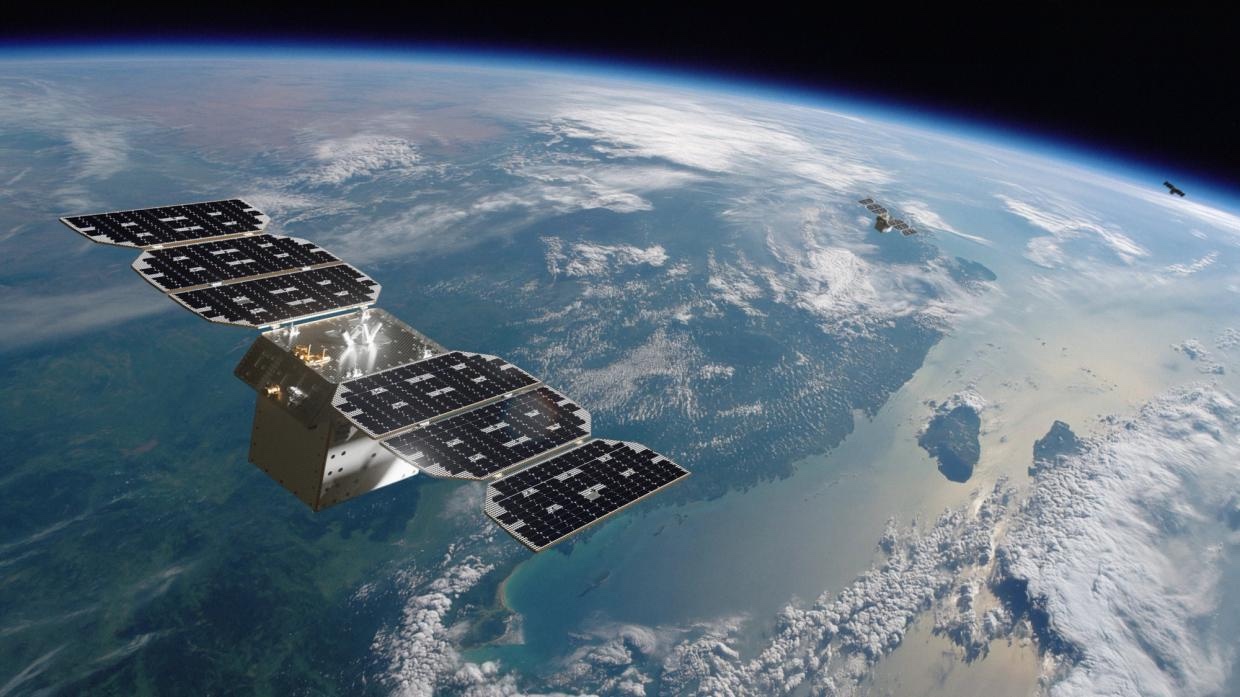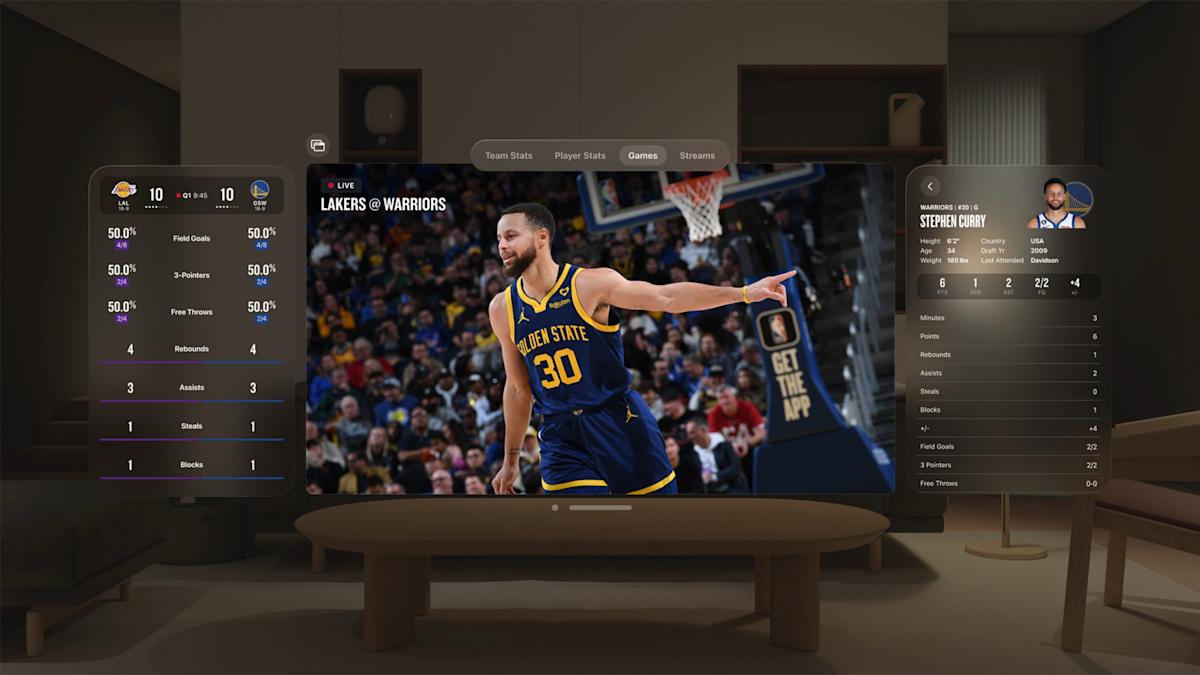AUCKLAND, New Zealand — Planet has announced a new class of imaging satellites that will replace a line of spacecraft dating back to the company’s earliest days.
Will Marshall, co-founder and chief executive of Planet, wrote in an Oct. 7 blog post that the company will launch late next year the first Owl satellite, intended to ultimately replace its existing fleet of SuperDove satellites.
“Owl will be designed to deliver frequent, best-in-class imagery faster, enabling customers to receive imagery-enabled insights within as little as one hour of capture,” he said.
Unlike SuperDoves, which provide imagery at a resolution of three to four meters, the Owl spacecraft will offer one-meter imagery. The spacecraft will also be equipped with Nvidia processors to enable “AI at the edge” onboard processing, such as identifying objects or detecting activity of interest.
The Owl satellites will maintain what Marshall called “seamless continuity” with SuperDoves by using the same core spectral bands, allowing customers to use existing workflows for analyzing the imagery.
Through imagery from the Dove and SuperDove satellites, Planet has built a daily record of Earth’s surface. “We have an eight-year daily history of change on the planet everywhere,” Robbie Schingler, co-founder and chief strategy officer of Planet, said in an Oct. 8 speech at the New Zealand Aerospace Summit. “It has become a foundational data layer.”
The new satellites, however, will be significantly different physically from SuperDoves. Illustrations released by Planet showed a spacecraft that appeared larger than the 3U cubesat form factor used by SuperDoves and earlier Dove satellites dating back more than a decade. A company spokesperson confirmed that the Owl satellites are larger but declined to provide their mass or dimensions.
“Looking ahead, a higher-performance and future-proofed mission requires a more capable and advanced spacecraft,” Marshall wrote. The Owl satellites will use an upgraded version of the avionics system developed for the larger Pelican and Tanager satellites Planet is building for high-resolution and hyperspectral imagery, respectively.
He said the first technology demonstration for Owl will launch in late 2026, with a fleet of spacecraft to follow in the “coming years.”
The announcement of Owl comes as Planet scales up production of the larger Pelican satellites. The company announced Sept. 25 that it will establish a second factory for Pelican satellites in Berlin, its European headquarters. The new factory, Planet said, will help it “better meet growing demand from the European market” by doubling the production rate for those spacecraft.
Schingler noted in his talk that the company continues to be vertically integrated in its satellite production. “That’s really showing the immaturity of the space segment today. It’s really a community today. It’s not a huge, efficient, competitive, interoperable market.”
“I don’t want to be vertically integrated. We’ve had to be vertically integrated because the maturity of the supply chain wasn’t there,” he said. He cited, as an example, 18-month lead times for avionics as a reason the company produces them and other components in-house.
He said he wants to see the space industry become more like the semiconductor market, where supply chains are more reliable and efficient. “I think the future for us is to be a true market, a true industry,” he said, with a strong supply chain that can provide components quickly. “That’s what I really wish for the ecosystem, to turn into an industry where you don’t have to be vertically integrated.”









